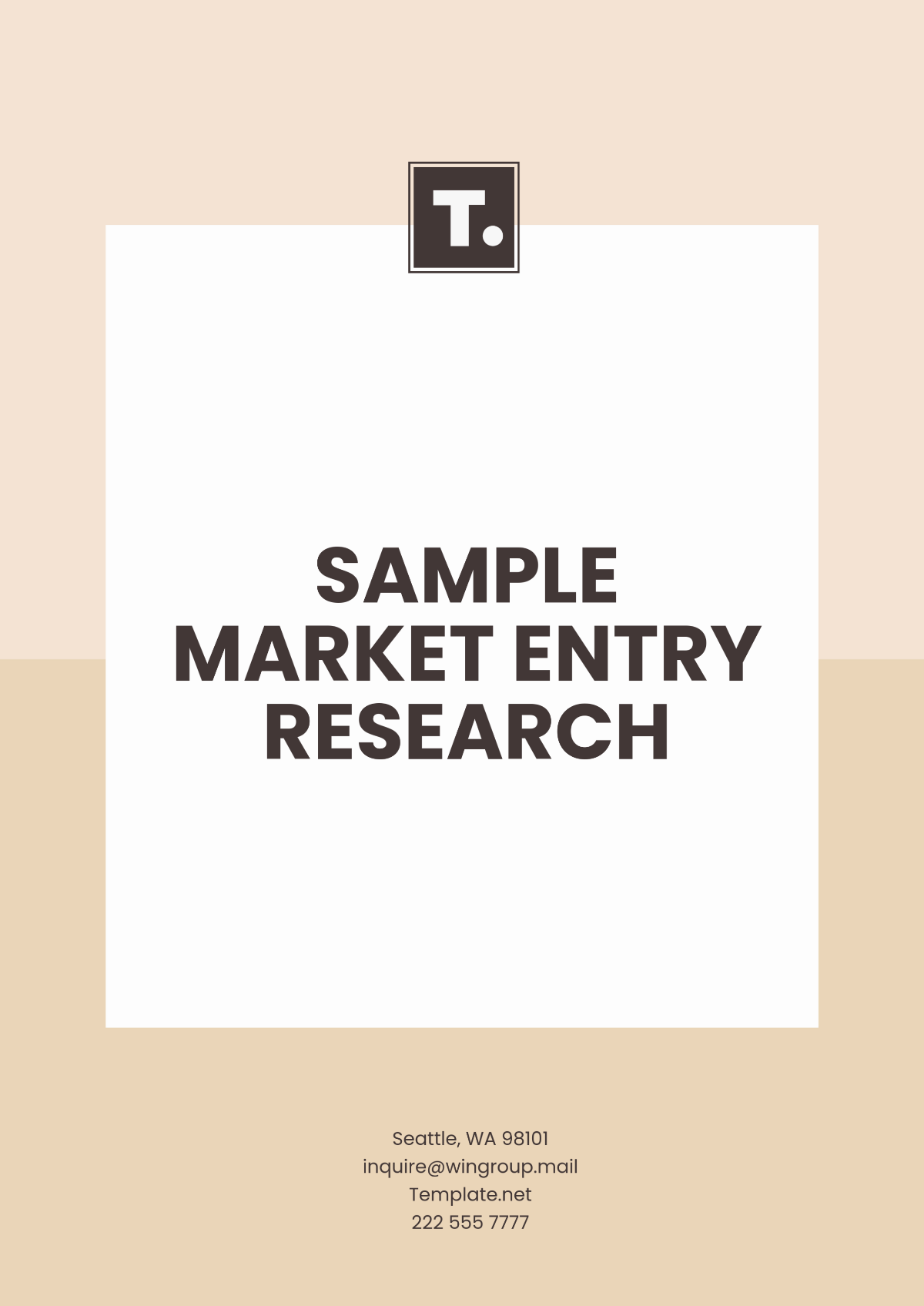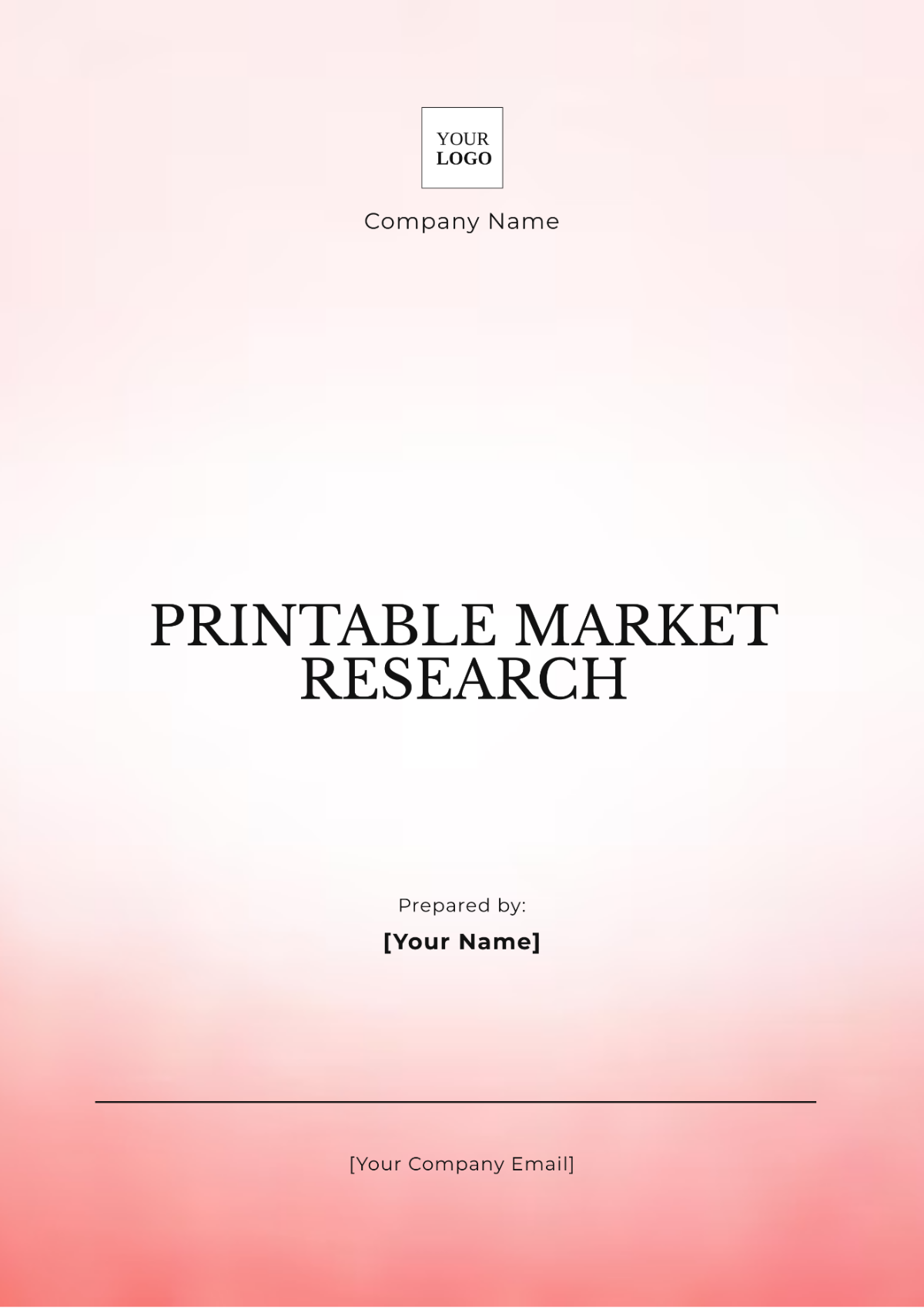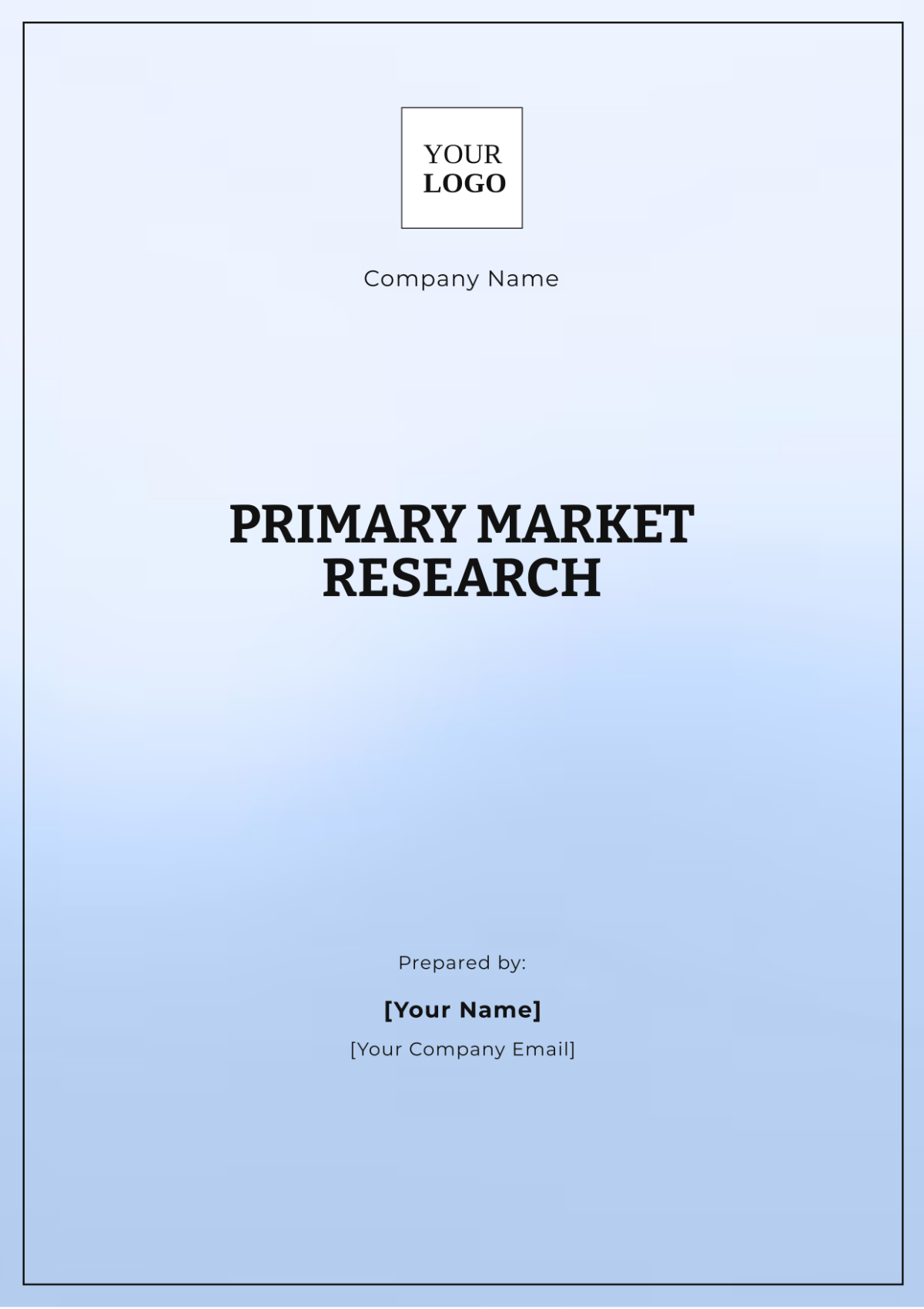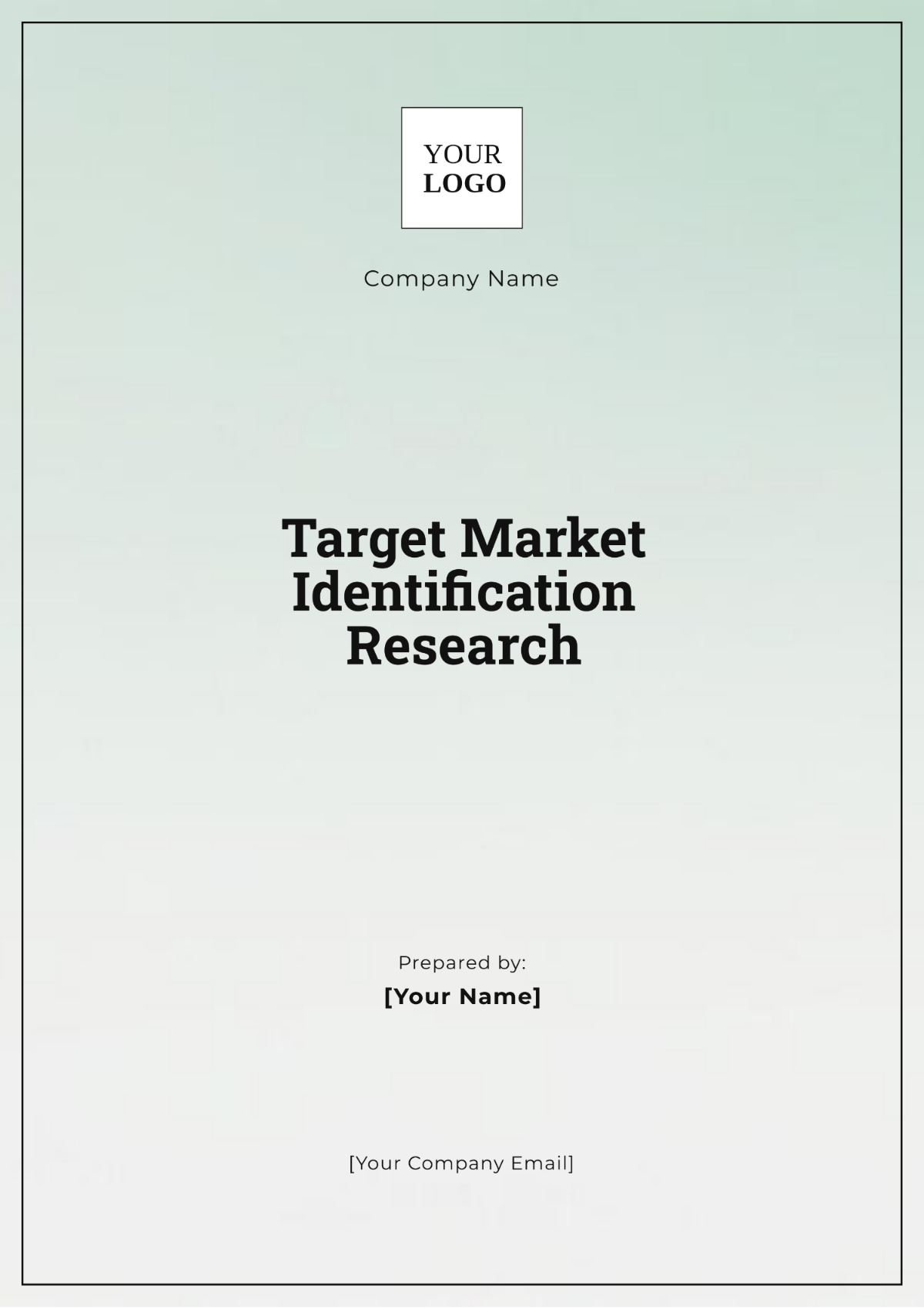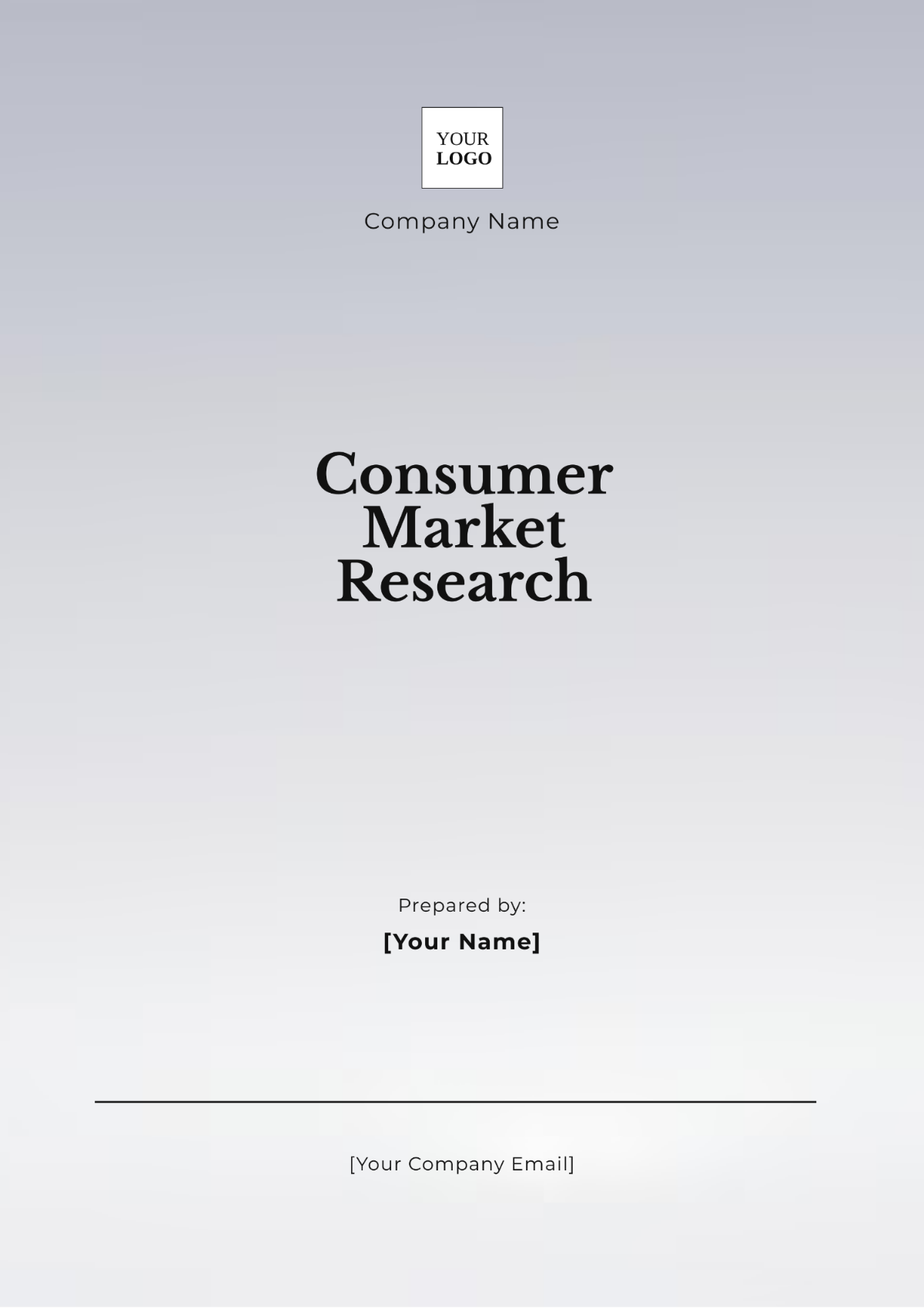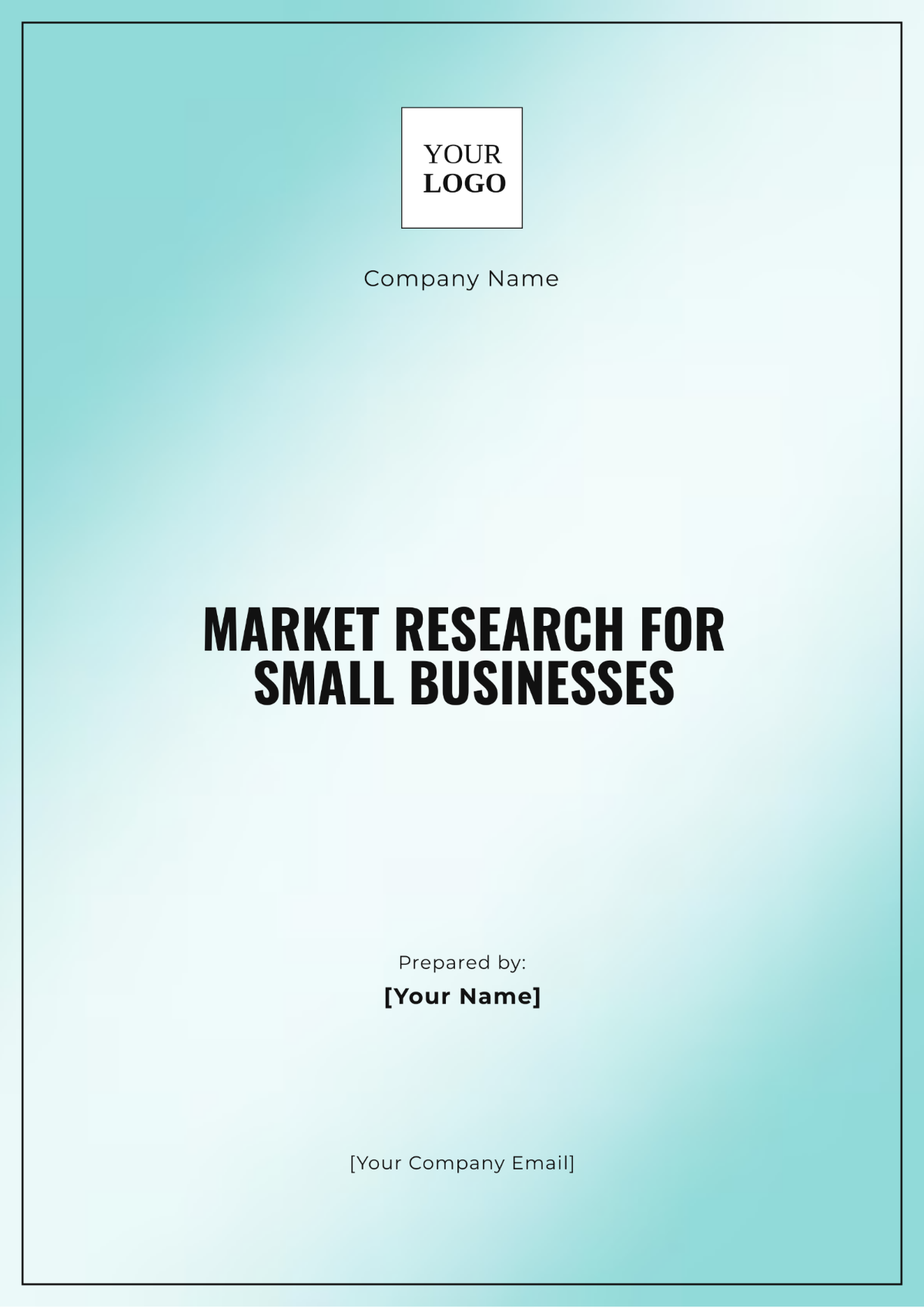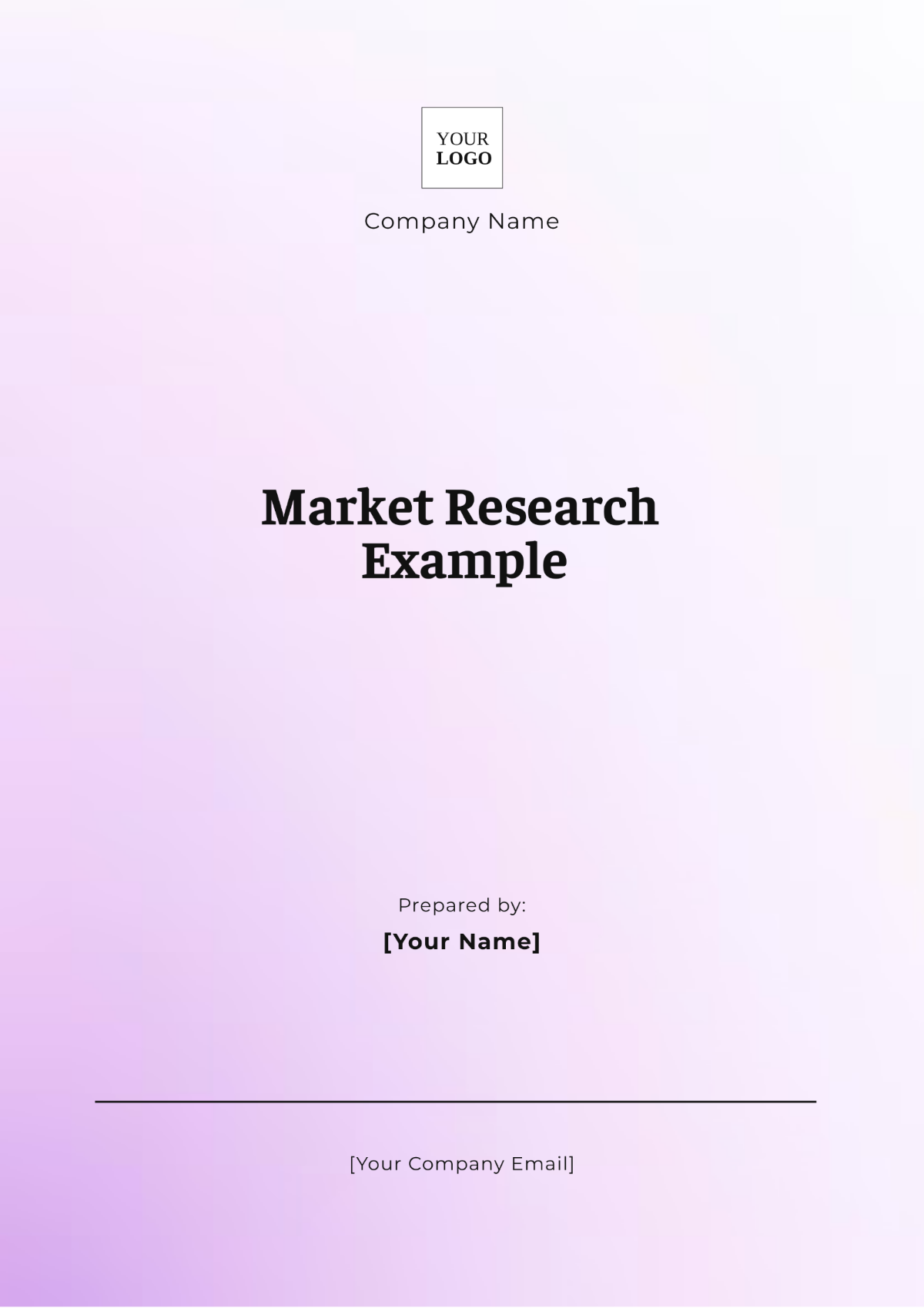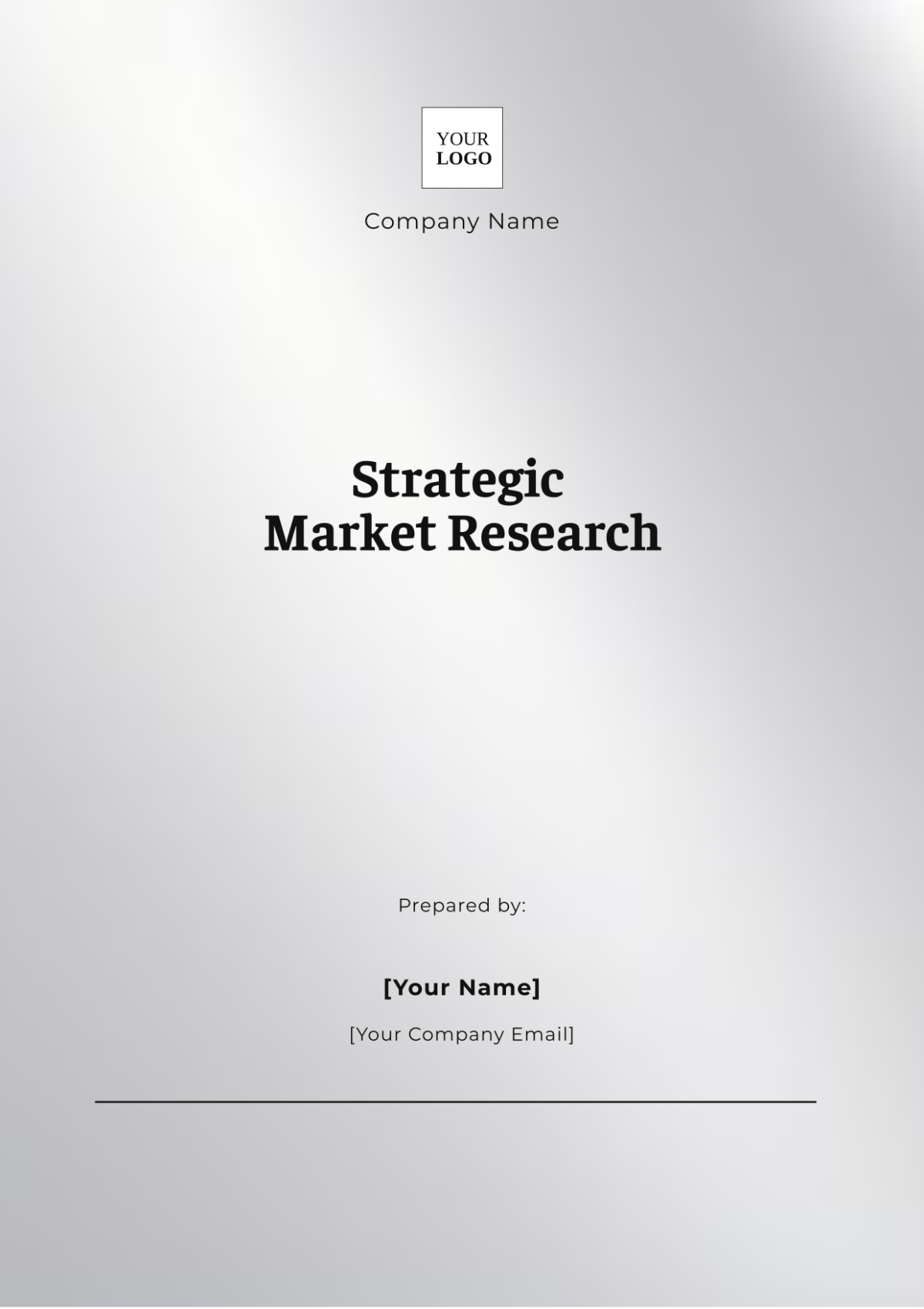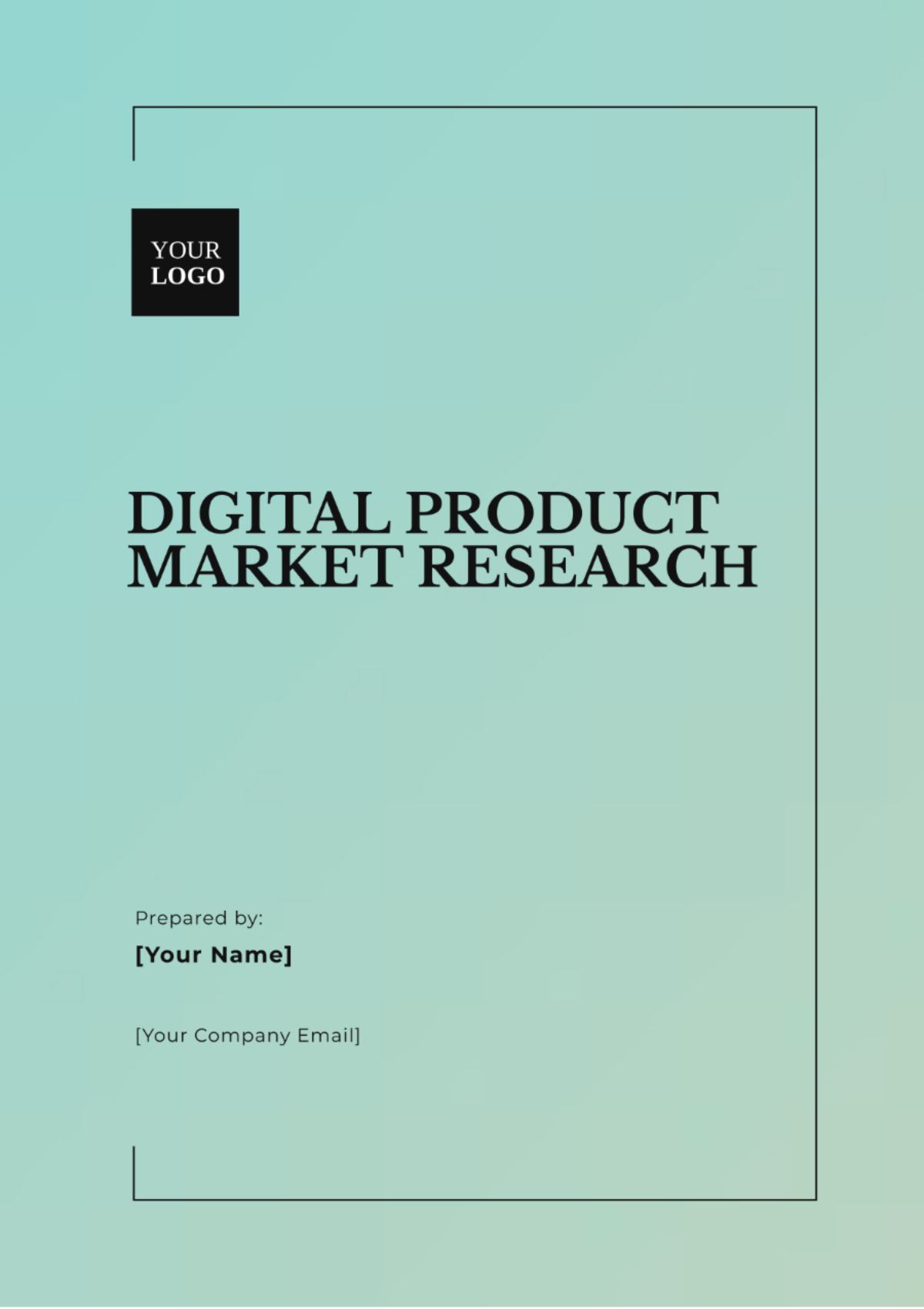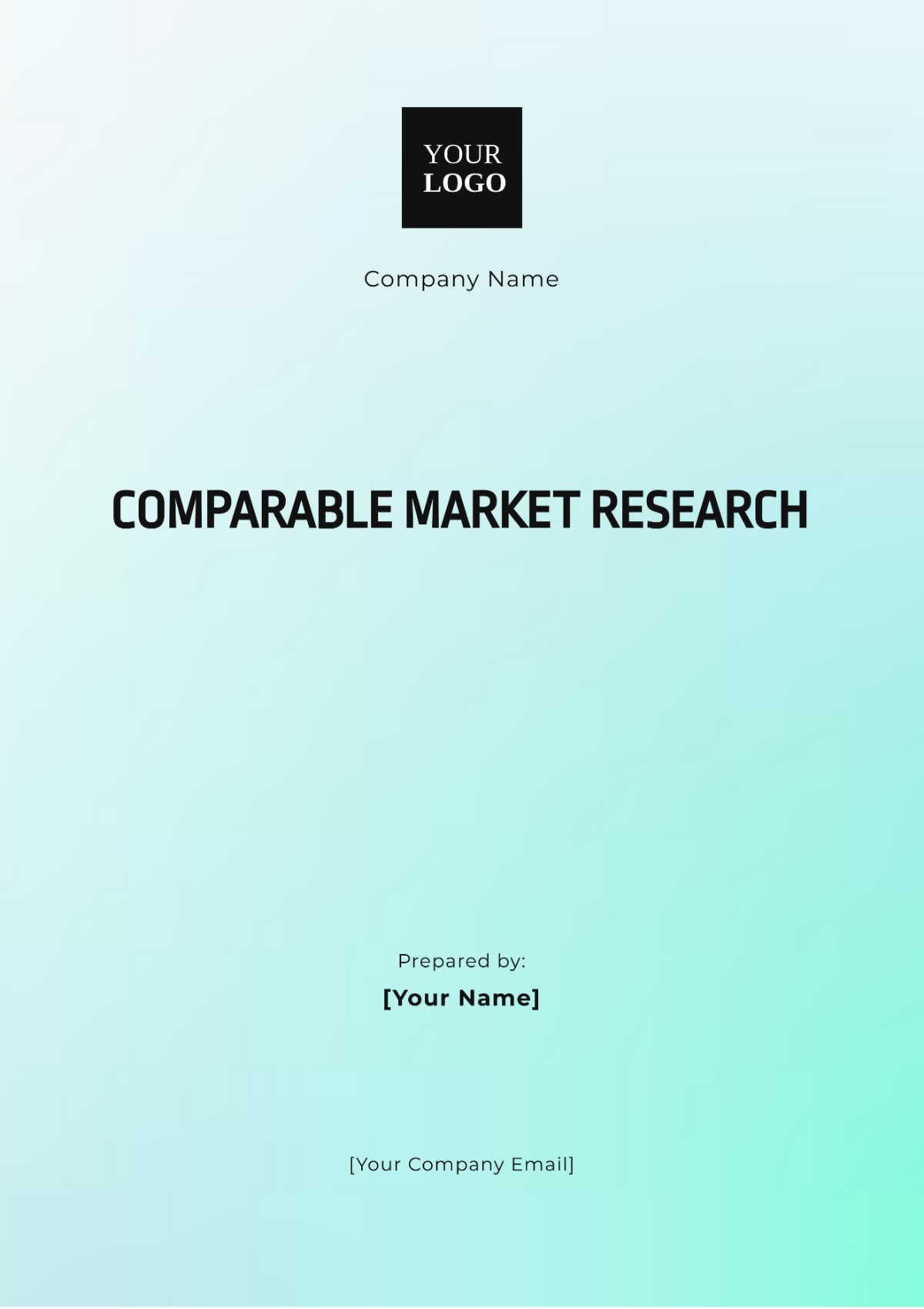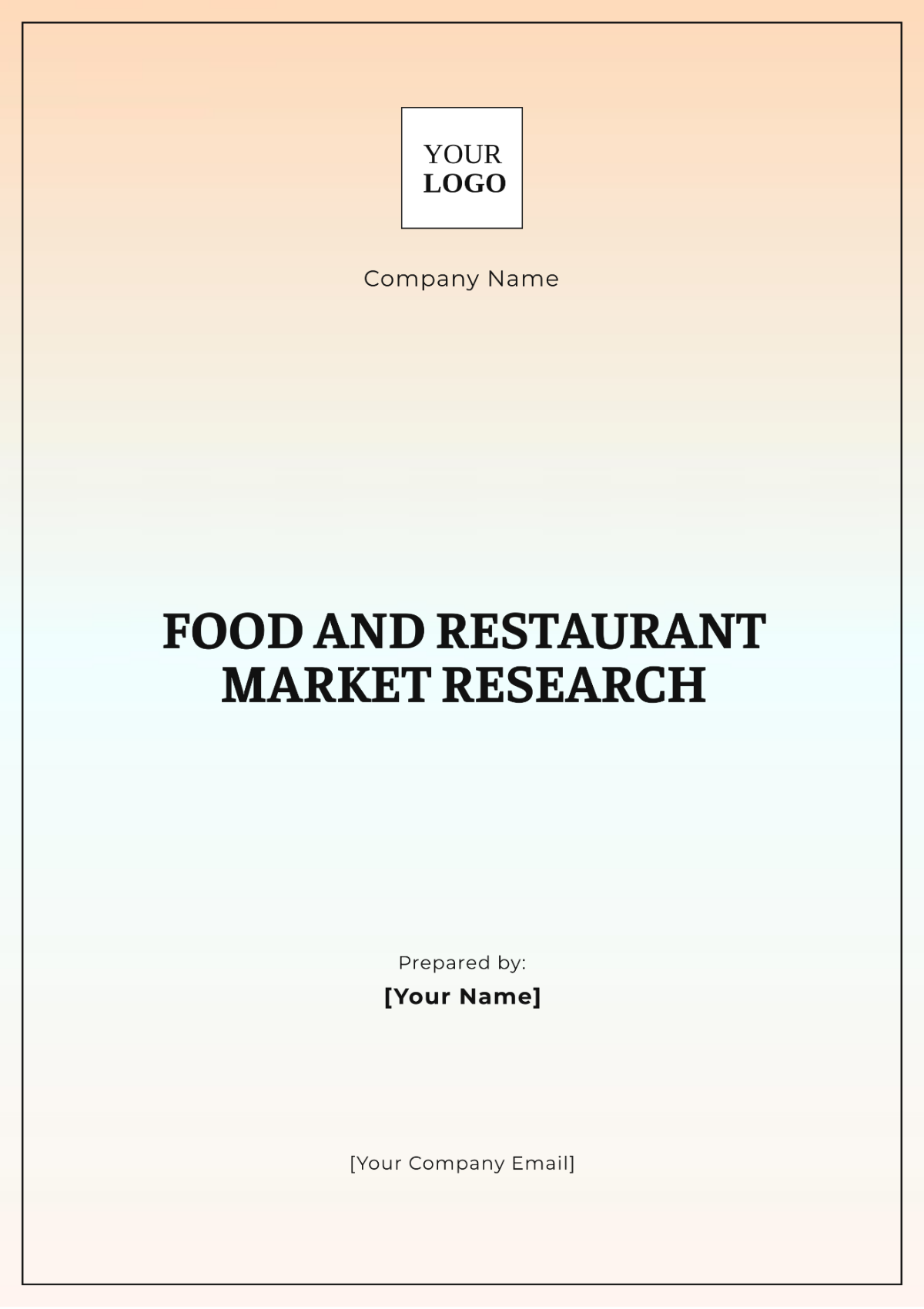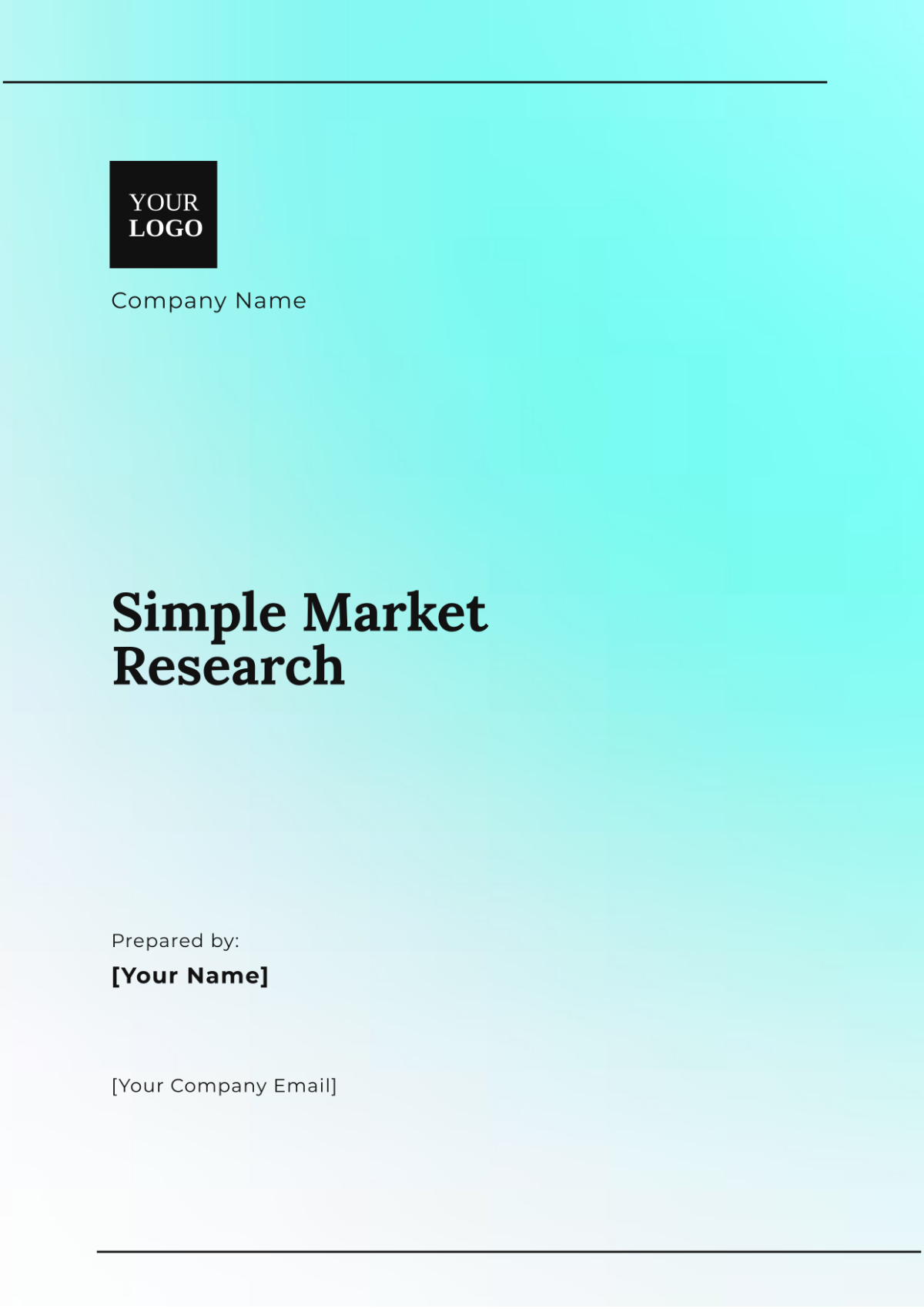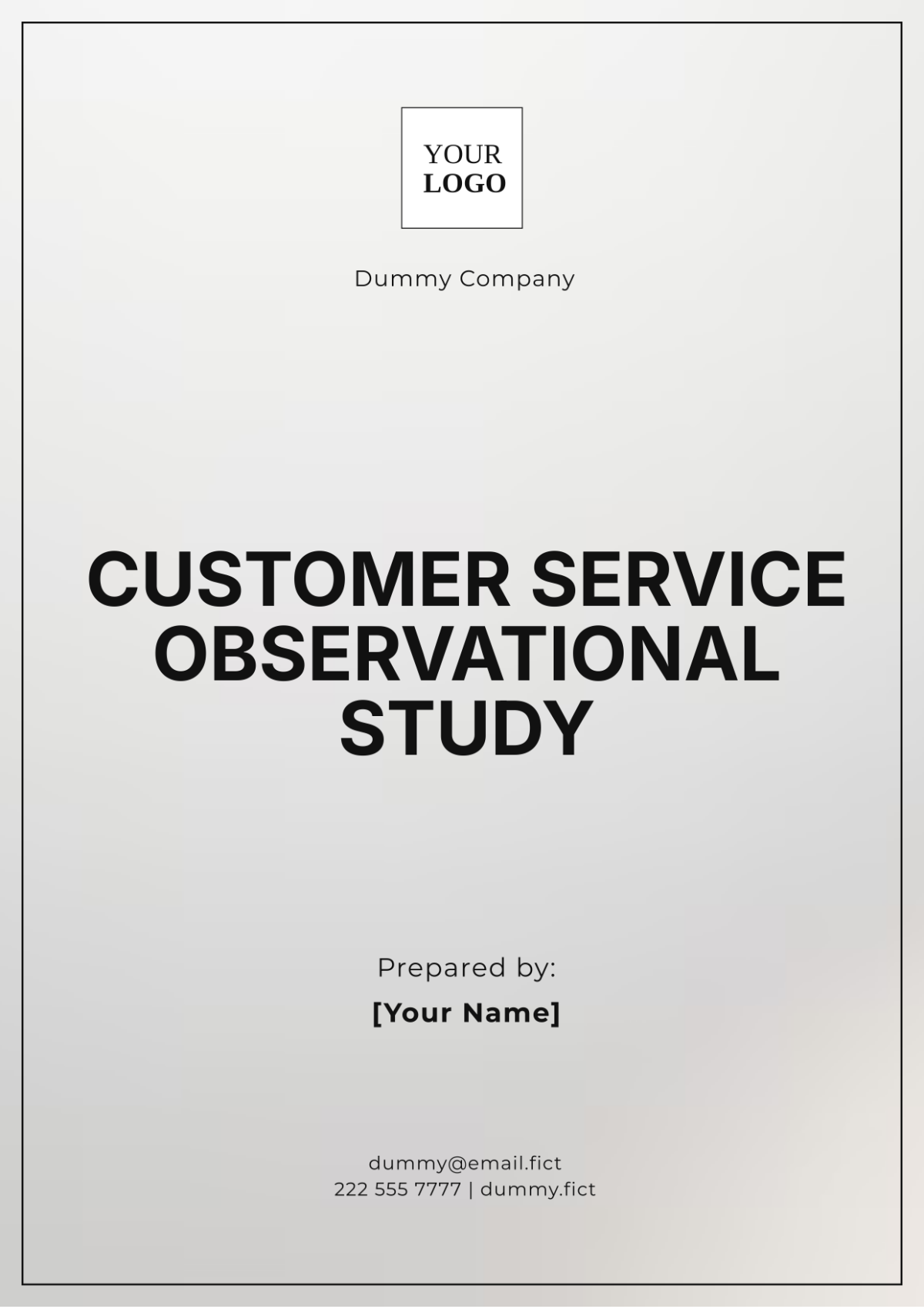Consumer Profiling Qualitative Research
Prepared By: [YOUR NAME]
Company: [YOUR COMPANY NAME]
Date: [Date]
1. Introduction
In today's competitive market, understanding consumer behavior is crucial for tailoring products and marketing strategies effectively. This qualitative research aims to delve into consumer profiles to identify key segments, behaviors, and preferences. By gaining a deeper understanding of our target audience, we can enhance our business strategies and better meet consumer needs.
2. Research Objectives
The primary objectives of this research are:
To identify distinct consumer segments within our market.
To understand the motivations and preferences of these segments.
To uncover behavioral patterns that influence purchasing decisions.
To provide actionable insights that can inform product development and marketing strategies.
3. Methodology
3.1 Research Design
We utilized a qualitative research design focused on in-depth interviews and focus groups. This approach allows for a comprehensive exploration of consumer attitudes and motivations, providing richer insights than quantitative methods alone.
3.2 Data Collection
Data collection involved conducting 20 in-depth interviews with a diverse range of consumers and three focus groups with 8 participants each. Participants were selected based on demographic criteria such as age, gender, and purchasing habits to ensure a representative sample.
3.3 Data Analysis
The data was analyzed using thematic analysis. Interviews and focus group discussions were transcribed and coded to identify recurring themes and patterns. The analysis focused on uncovering common motivations, preferences, and behavioral trends among different consumer segments.
4. Findings
4.1 Consumer Segments
A. Tech Enthusiasts
Attributes: Mostly in the 25-35 age range, actively involved in following the latest technology trends, and prioritizing innovation and groundbreaking features.
Behaviors: Frequent online shoppers often seek reviews and ratings before making a purchase.
B. Eco-Conscious Consumers
Characteristics: Aged 30-45, prioritize sustainability and eco-friendly products and are willing to pay a premium for green products.
Behaviors: Regularly research product origins and environmental impact, prefer brands with transparent practices.
C. Budget-Conscious Shoppers
Characteristics: Aged 18-30, focus on affordability and value for money and are influenced by promotions and discounts.
Behaviors: Frequently compare prices online and seek out deals and special offers.
4.2 Key Insights
Innovation Appeal: Product innovation and technological advancements. Highly motivated tech Enthusiasts, influencing their purchasing decisions.
Sustainability Priorities: Eco-conscious consumers are increasingly seeking brands that align with their values, highlighting a growing market for sustainable products.
Value Sensitivity: Budget-conscious shoppers are driven by price and promotions, indicating the need for competitive pricing strategies and effective discount campaigns.
5. Implications
The findings suggest a need for tailored marketing approaches for each consumer segment. For Tech Enthusiasts, emphasizing product innovation and features will be crucial. For Eco-Conscious Consumers, highlighting sustainability efforts and transparent practices can enhance brand loyalty. For Budget-Conscious Shoppers, focusing on competitive pricing and promotions will be key to driving sales.
6. Recommendations
Tech Enthusiasts: Develop targeted marketing campaigns that showcase groundbreaking features and technological advancements. Utilize online platforms for product reviews and engagement.
Eco-Conscious Consumers: Implement and promote sustainable practices within the company. Consider certification labels and transparent communication regarding environmental impact.
Budget-Conscious Shoppers: Introduce targeted promotions and discounts to attract this segment. Enhance price comparison tools and offer value bundles.
7. Conclusion
This research provides valuable insights into the motivations and preferences of millennials in the urban market when it comes to eco-friendly home products. By leveraging these findings, you can create more targeted and effective marketing strategies, as well as develop products that better meet the needs of this consumer segment, ultimately driving both customer satisfaction and business growth.
8. Appendices
Appendix A: Interview Transcripts with participants discussing their views on eco-friendly products.
Appendix B: Focus Group Discussion Summaries highlighting key themes and consumer attitudes.
Appendix C: Observational Data Notes from retail stores showing consumer interaction with eco-friendly product displays.

